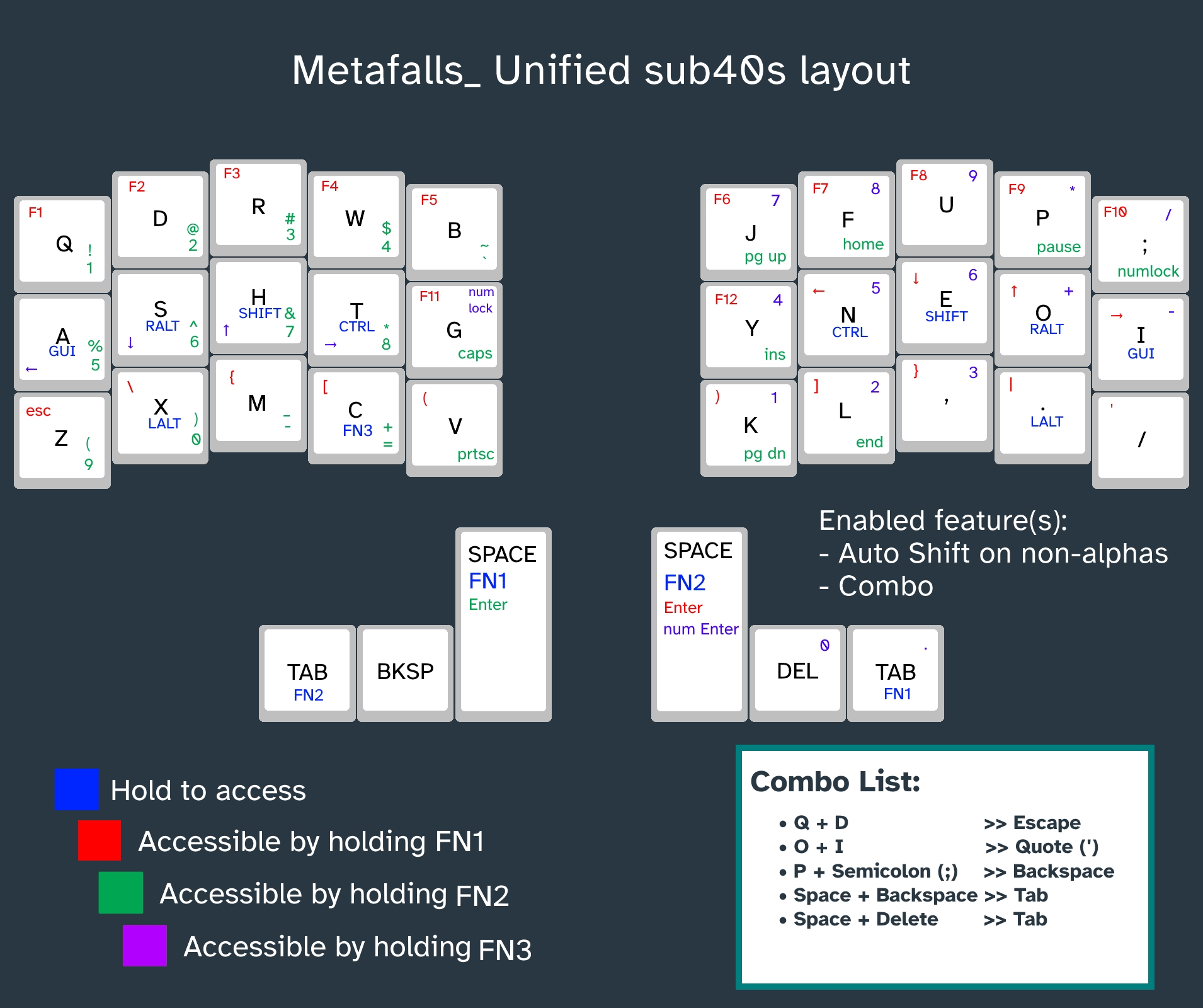I assume this is QMK, because changing the settings clears or introduces the issue. I'm using Vial for the programming/configuration.
I have a key configured tap-dance, like many others: - on tap, and ctrl on hold. The issue is that most of the time when I type something like -p, I get only the -. Then, the next time I type p, I get 2 of them. So something like this will happen:
I type foo -p bar baz, but don't notice the p is missing until after baz, cursor left and type p again, and end up with -pp
Most of my keys are tap-dance of some pattern: on tap, layer shift in hold, on tap-hold. I've noticed this buffered character after - on other characters; it isn't just p. Changing the timeout does affect the frequency, but doesn't entirely eliminate it. I haven't noticed it on any other combo, although they're all of the same pattern; it seems to be only happening with the -/ctrl tap-dance. Removing the multitap on - eliminates the issue.
This is my first QMK. I'd been using an Ergodox for years, and kmonad on my laptop for a year or so, although I recently switched to kanata (fantastic piece of software, incidentally), so I'm more or less familiar with the world of layers, multi-tap/tap-dance, combos, and so on. This one has me stumped, though.
I've checked and there's no combo defined that involves dash. I've never created a QMK macro, but it occurs to me that I didn't check if there are any defined.
Does anyone have a suggestion of how I can debug this? Could there be some bug, some bit that I accidentally set, that's causing this? Is there some QMK feature that does exactly this thing, and I've somehow enabled it? I've power cycled the keyboard, although I haven't yet tried a hard or factory reset.
Any ideas would be appreciated!
Edit corrected "multi-tap" to "tap-dance", as QMK calls it the one thing and not t'other
